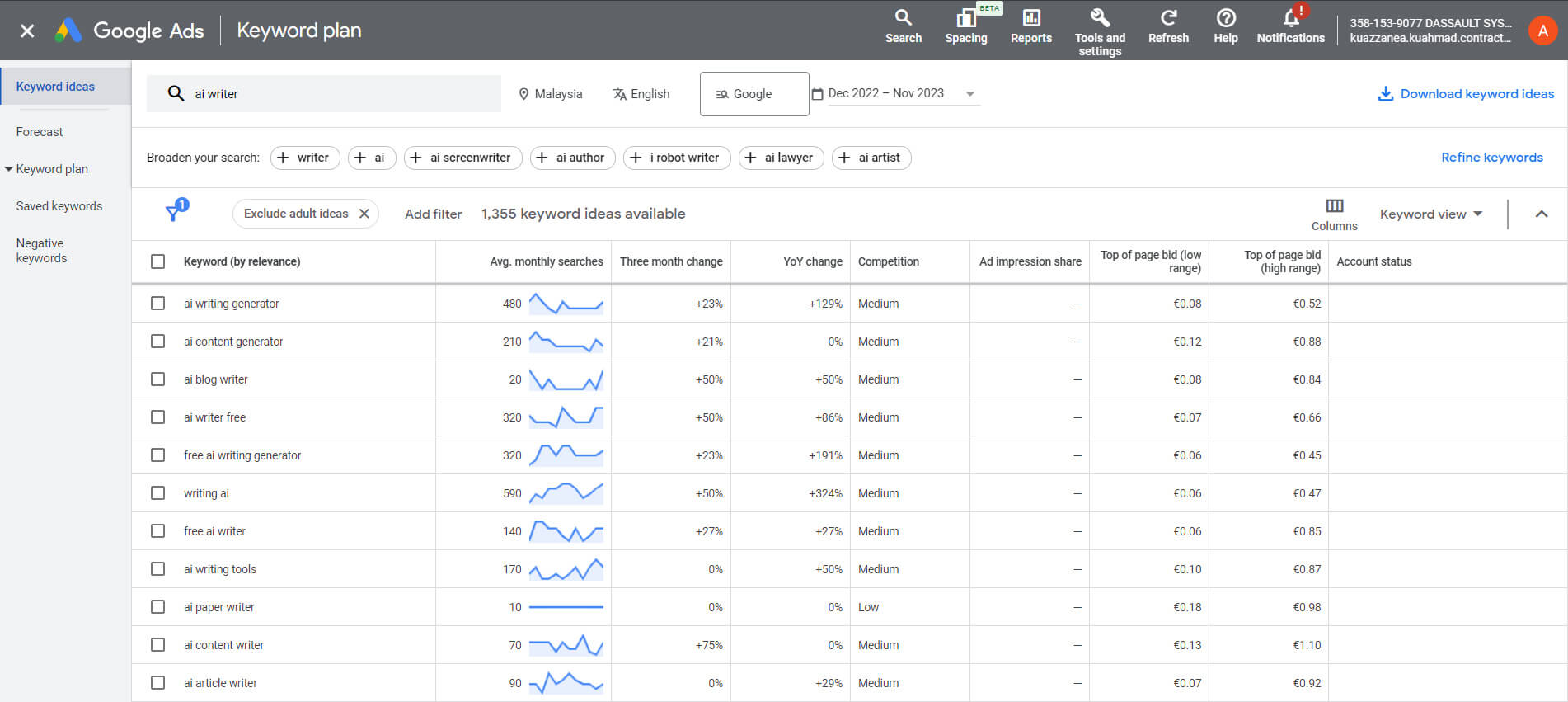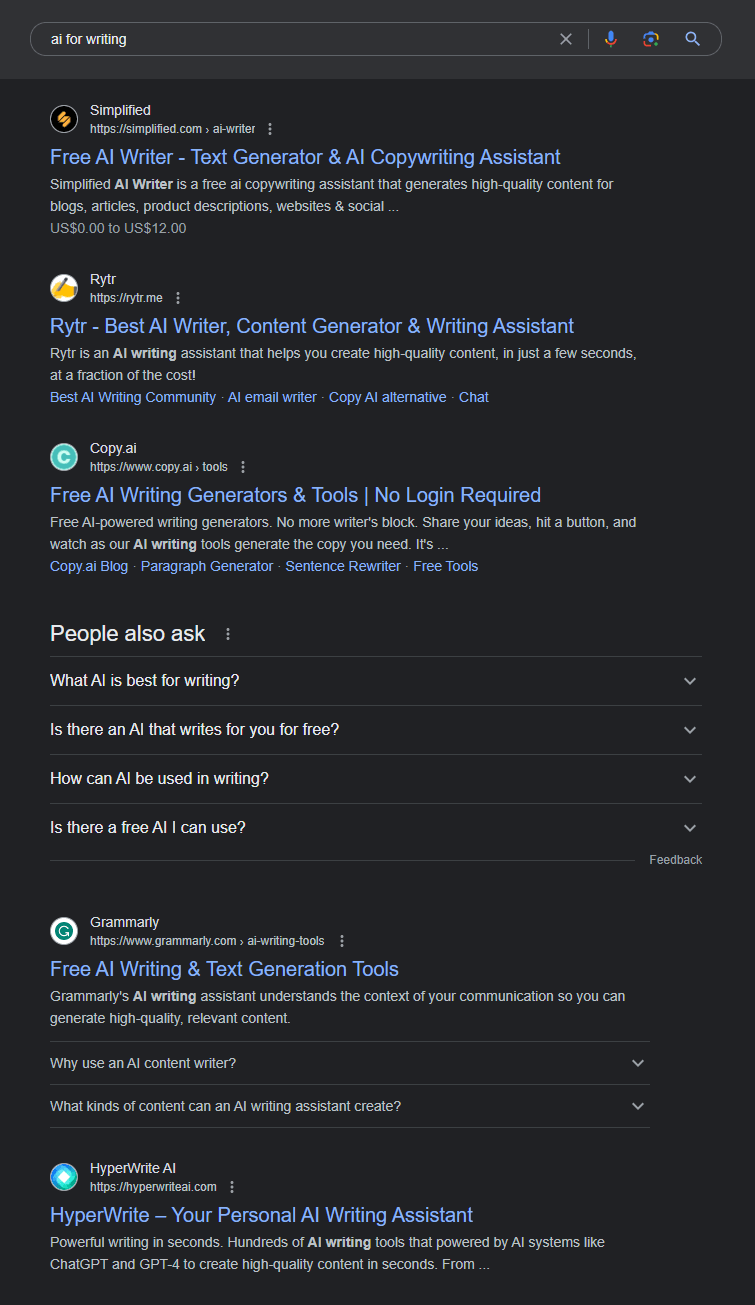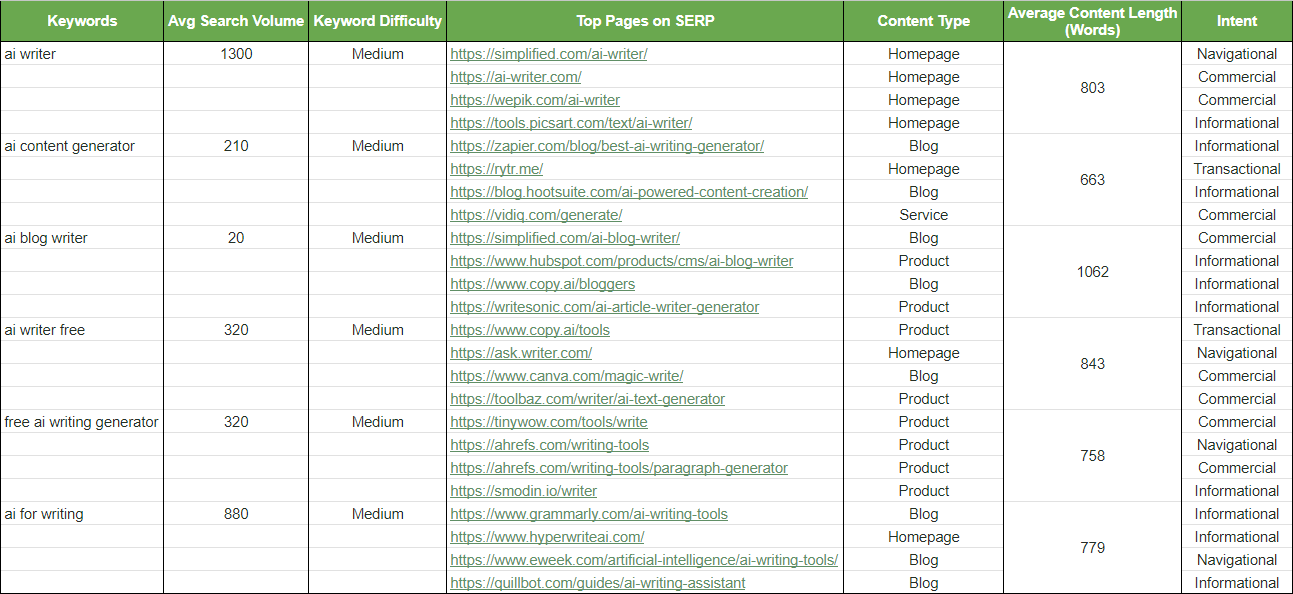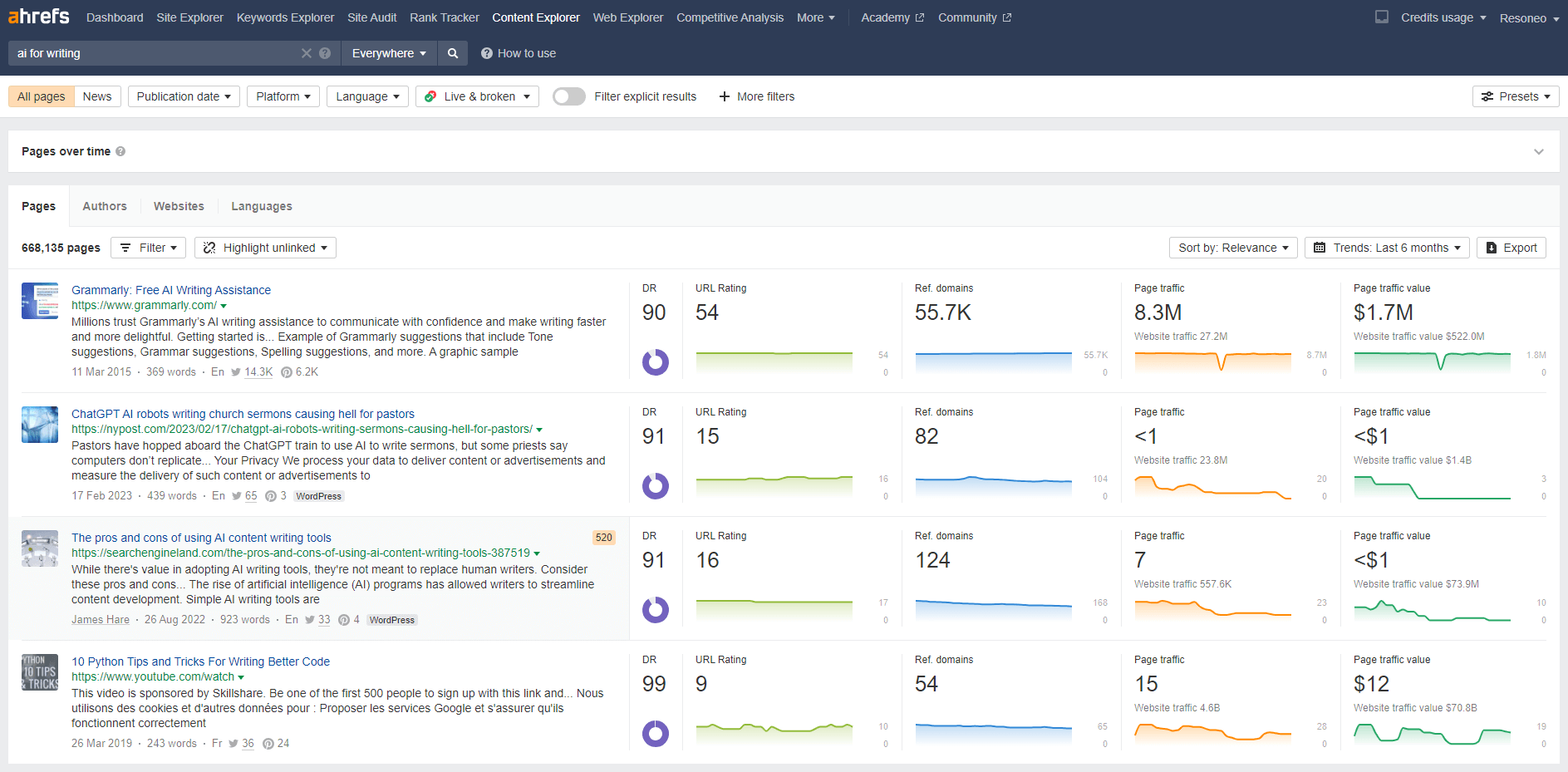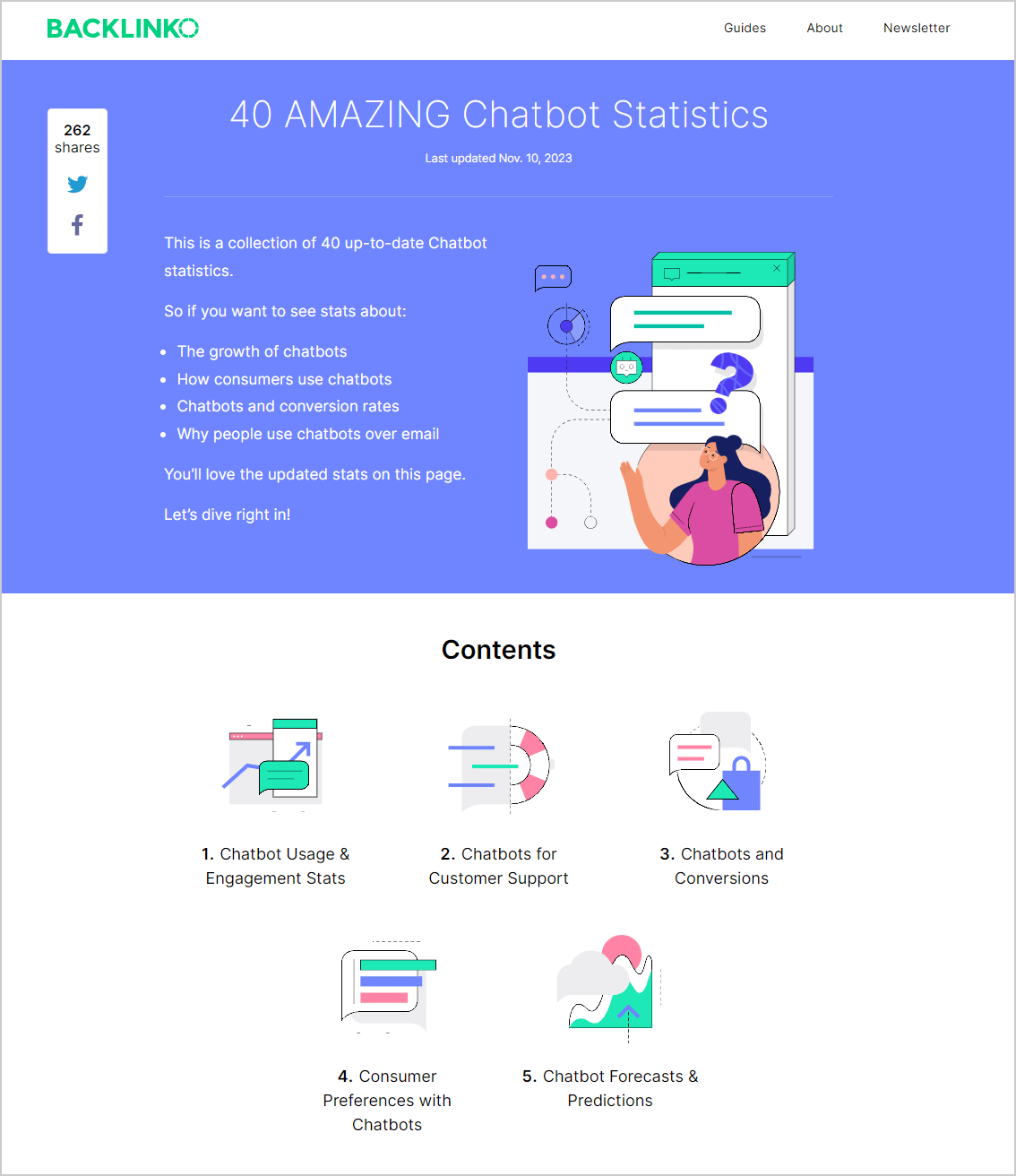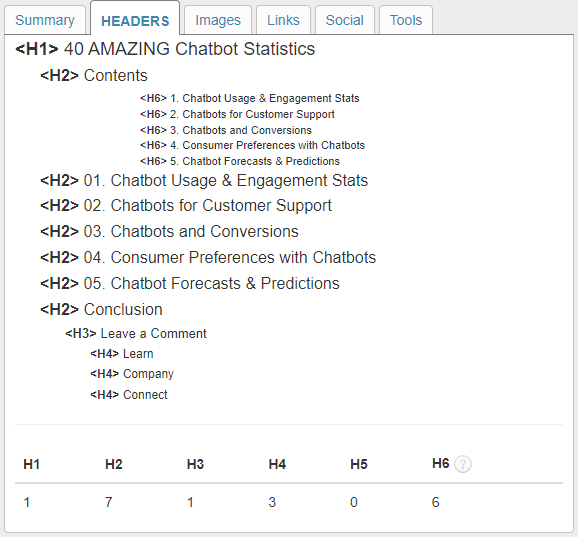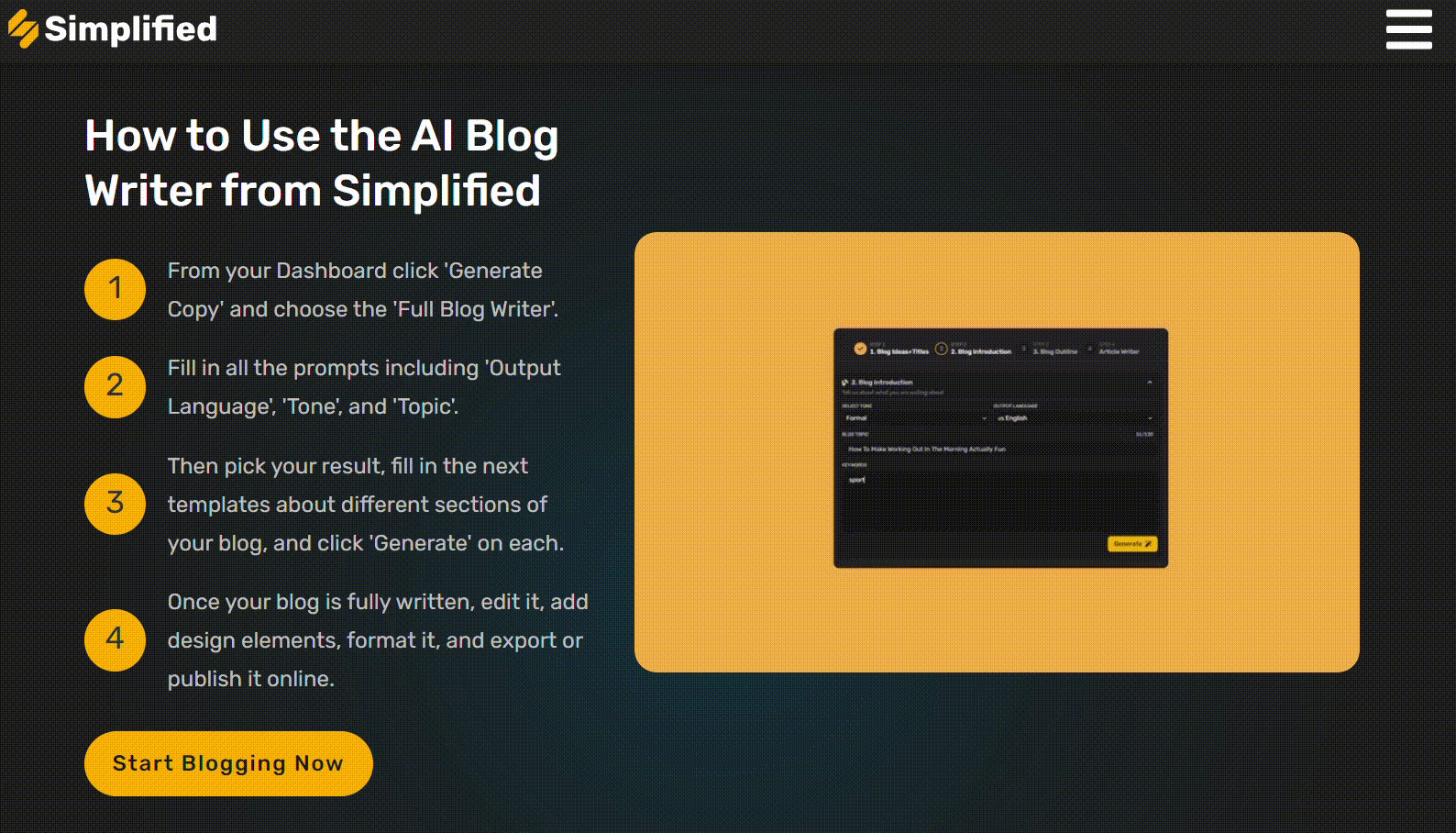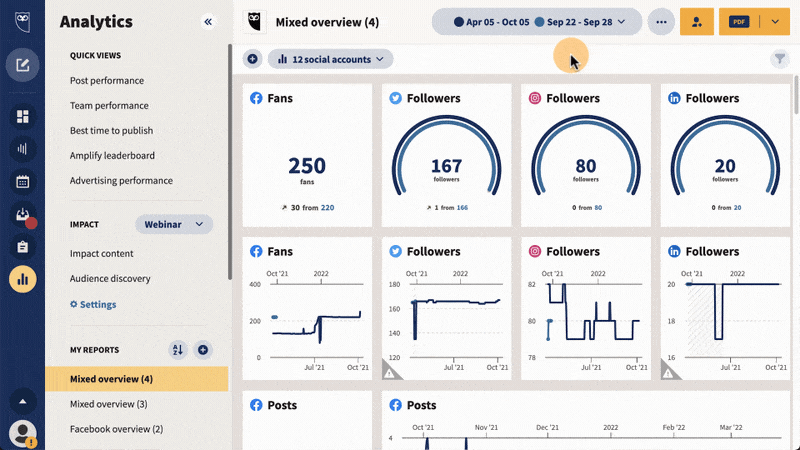In today’s digital landscape, creating content that captivates and converts is no longer just a luxury but a necessity. In 2023 alone, there are about 3.7 million Google searches conducted every day, and one can anticipate the level of competition content creators face to push their content forward to reach new audiences. This is where search intent optimisation comes into play.
Search intent (commonly referred to as “user intent“) refers to the user’s underlying motivation when conducting a search query. In simple terms, it describes the reasoning behind the user’s search behaviour online.
In this article, we will delve into the art of search intent optimisation and explore how you can tailor your content to meet the needs and expectations of your target audience. We will discuss:
The Importance Of Search Intent In Content Creation
From a digital marketing standpoint, by understanding and aligning your content with the specific intent behind a user’s search, you can not only attract more relevant traffic to your site but also increase the chances of converting those visitors into customers.
In a business sense, targeting the right pool of audience could make or break your lead-generating framework. The way to do this is to utilise search intent in the messaging you are pushing out to the public.
Understanding which user intent you are targeting will justify the amount of investment you are putting into the marketing resources and hopefully, a positive ROI towards the end of your initiatives.
Types Of Search Intent
Informational
Informational intent is when a user is seeking information or answers to specific questions. At this stage, they can either be very new to the solution they are looking for or they are at the stage of “learning further” about it before taking the next step. They may be looking for guides, tutorials, or explanations.
To optimise for informational intent, create comprehensive and informative content that answers the user’s query concisely and accurately. The focus is to provide a solution with an amp amount of information that could assist them along the buyer’s journey.
Navigational
Navigational intent occurs when a user is searching for a specific website or web page. In this case, they may be familiar with your brand or the services/products you provide. Their search is driven by a specific focus, but not the point of making the final decision to purchase.
To optimise for navigational intent, ensure your website is easily navigable, and your content is well-organized so that users can find what they are looking for quickly. If your website is too complicated to navigate, even though your brand is known to provide the things your potential customers want, they will still opt out due to the complexities.
Commercial
Commercial investigation intent means that a user is in the research phase before making a purchase. They are comparing different products, reading reviews, and seeking recommendations.
They can find information from various sources, both online and offline. This is where your brand presence, your products’ capabilities, your customer relation efficiency and overall brand presence can become a buying factor for your potential customer.
To optimise commercial investigation intent, provide in-depth product comparisons, expert reviews, and testimonials to help users make informed decisions.
Transactional
Transactional intent signifies that a user is ready to make a purchase or take a specific action. Transactional is not just monetary actions from your customers, but it also could be lead forms, sign-ups and many more. It depends on what your objectives and KPIs are.
Transactional keywords usually play a big role when you are looking at content that is optimised for transactional purposes, like “buy,” “order,” or “subscribe” in their search queries.
To optimise for transactional intent, provide clear calls-to-action and make the conversion process as smooth as possible. This includes but is not limited to clear terms and conditions that come with the product or services. If you are using a paywall on your web page or website, you must have a security system in place to secure your customer’s payment process from immediate threats
Identify Keyword’s Search Intent
Understanding search intent begins with conducting thorough keyword research. By analyzing the language and context of the keywords users are using, you can gain insights into their intent.
Start by brainstorming a list of keywords that are relevant to your business or industry. You can use your existing keyword library, but if this is your first time doing it, you can use Google Keyword Planner, SEMrush or Ahrefs.
You can expand your list and discover related keywords. Pay attention to the search volume and keyword difficulty of each keyword. High search volume indicates high user interest, while low keyword difficulty suggests less competition. Look for keywords that align with your content goals and have a clear search intent.
Next, examine the search engine results pages (SERPs) for the keywords you’ve identified. analyse the highly ranked content and try to understand why it is ranking well. Look for patterns in content types, such as blog posts, product pages, or videos. This will give you further insights into user intent.
Keyword Research For Search Intent Optimisation
Once you have identified keywords with clear search intent, it’s time to optimise your content around them. Start by creating a list of keywords that align with the search intent you want to target. You can include pages from competitors that are ranking for the same keywords so you can improve your own content.
Include these keywords strategically throughout your content, including in the title, headings, meta descriptions, and body text. However, avoid keyword stuffing, as it can negatively impact the readability and user experience of your content. Focus on creating high-quality, engaging content that naturally incorporates your target keywords.
Source: Content sample from Mailchimp
In addition to targeting specific keywords, consider the broader context and topics related to your target keywords. Search engines are increasingly focused on understanding the overall topic and context of content. By covering related subtopics and providing comprehensive information, you can increase your chances of ranking well for your target keywords.
Create Search Intent-Based Content
To create content that aligns with search intent, it’s important to understand the specific needs and expectations of your target audience. Put yourself in their shoes and consider what information or solutions they are seeking.
Start by conducting competitor research to see what type of content is already ranking well for your target keywords. analyse their content to identify gaps, opportunities, and areas where you can provide a unique perspective or value. You can use SEMrush or Ahrefs for this analysis.
Source: Content analysis from Ahrefs
When creating your content, focus on providing the most relevant and valuable information to your audience. Provide in-depth insights, actionable tips, and practical examples that add value and demonstrate your expertise. By consistently delivering high-quality content that meets the search intent, you can build trust and credibility with your audience.
Source: Simplified
Structure your content in a logical and organized manner, using headings and subheadings to break up the text and make it easier to read. This is part of an SEO on-page optimisation to improve your content so that it aligns with the search intent you are focusing on.
Source: Backlinko
Incorporate visual elements such as images, infographics, or videos to enhance the overall user experience. Use bullet points or numbered lists to summarize key points and make your content more scannable.
Measuring The Success Of Search Intent Optimisation
To measure the success of your search intent optimisation efforts, track key metrics such as organic traffic, bounce rate, time on page, and conversion rate. These metrics can help you understand how well your content is resonating with your target audience and whether it is effectively converting visitors into customers.
Use tools like Google Analytics and Google Search Console to monitor your website’s performance. analyse the top-performing pages and identify patterns or strategies that can be replicated across your site.
Additionally, pay attention to user engagement metrics such as social shares, comments, and backlinks. These indicators can give you insights into your content’s perceived value and relevance. You can easily access this data from any SEO or social media tools available in both paid and free version. Hootsuite is a valuable social media analytics tool that lets you in on the important insights from your content.
Regularly review and analyse your data to identify areas for improvement and optimisation. Experiment with different approaches, content formats, and strategies to continually refine and enhance your content’s ability to captivate and convert.
Common Mistakes To Avoid In Search Intent Optimisation
While search intent optimisation can be highly effective, it’s important to avoid common mistakes that can hinder your success. Here are a few red flags to watch out for:
Failing to understand your target audience's needs and preferences
Without a deep understanding of your audience’s search intent, it’s difficult to create content that resonates with them.
Neglecting to conduct thorough keyword research
Keyword research is the foundation of search intent optimisation. Skipping this step can lead to targeting the wrong keywords and missing out on valuable traffic.
Overlooking the importance of user experience
Even if your content aligns with search intent, a poor user experience can drive visitors away. Make sure your website is performing well in terms of loading speed, mobile-friendliness and provide positive user experience when navigating areas within the website.
Ignoring content quality
No matter how well-optimised your content is, if it lacks quality and value, it won’t engage or convert your audience.
Focusing solely on search engines
While optimizing for search engines is important, remember that ultimately, it’s your human audience that you want to captivate and convert. Prioritize user experience and relevance over search engine rankings.
Final Takeaways
Creating content that captivates and converts requires a deep understanding of your target audience’s search intent. By aligning your content with the underlying motivations of users, you can attract more relevant traffic and increase the chances of converting visitors into customers.
Remember, search intent optimisation is an ongoing process. Stay up to date with the latest trends, monitor your performance metrics, and adapt your content strategy to meet the evolving needs and expectations of your target audience. With dedication and a customer-centric approach, you can harness the power of search intent to achieve content success.

